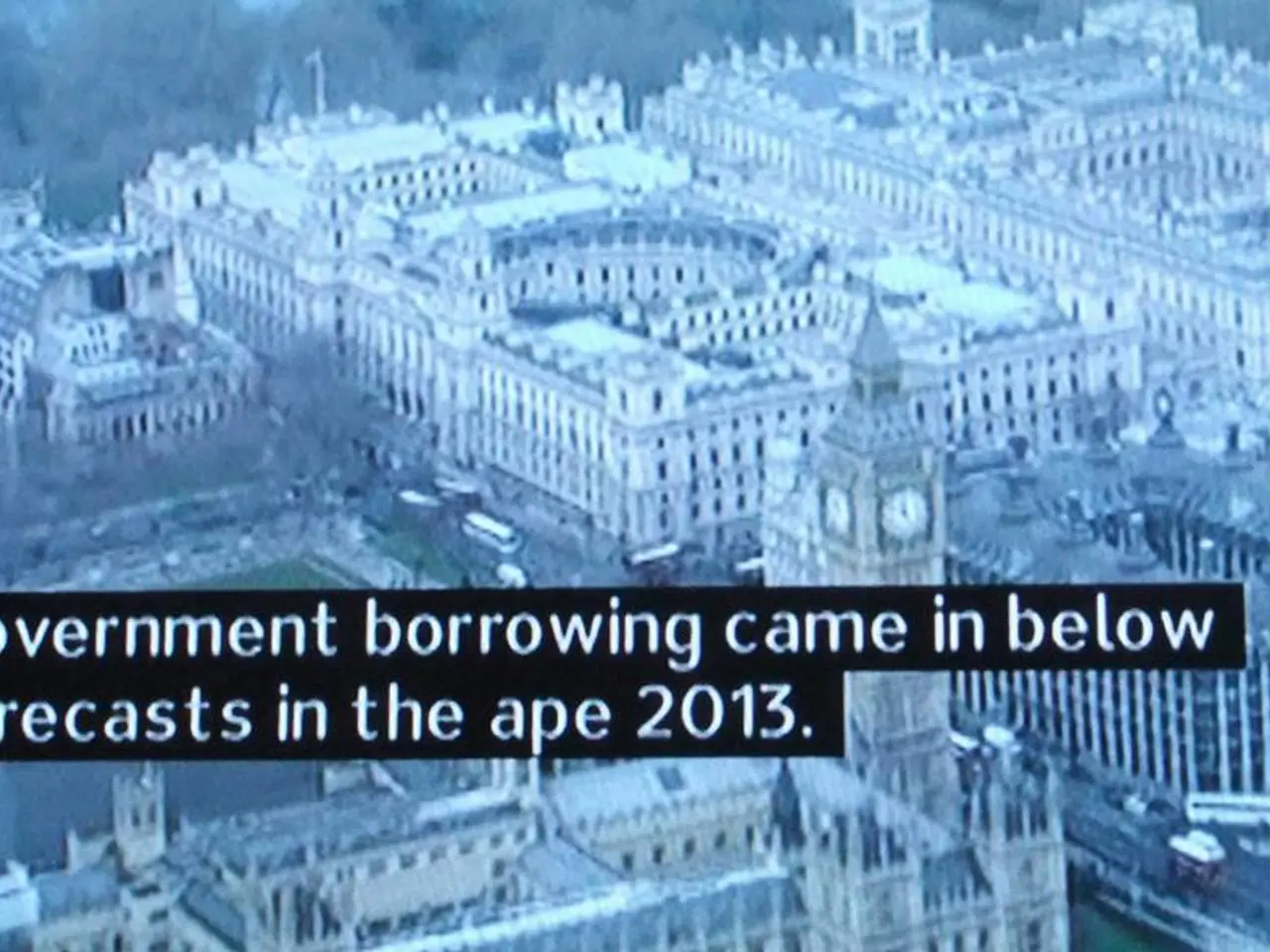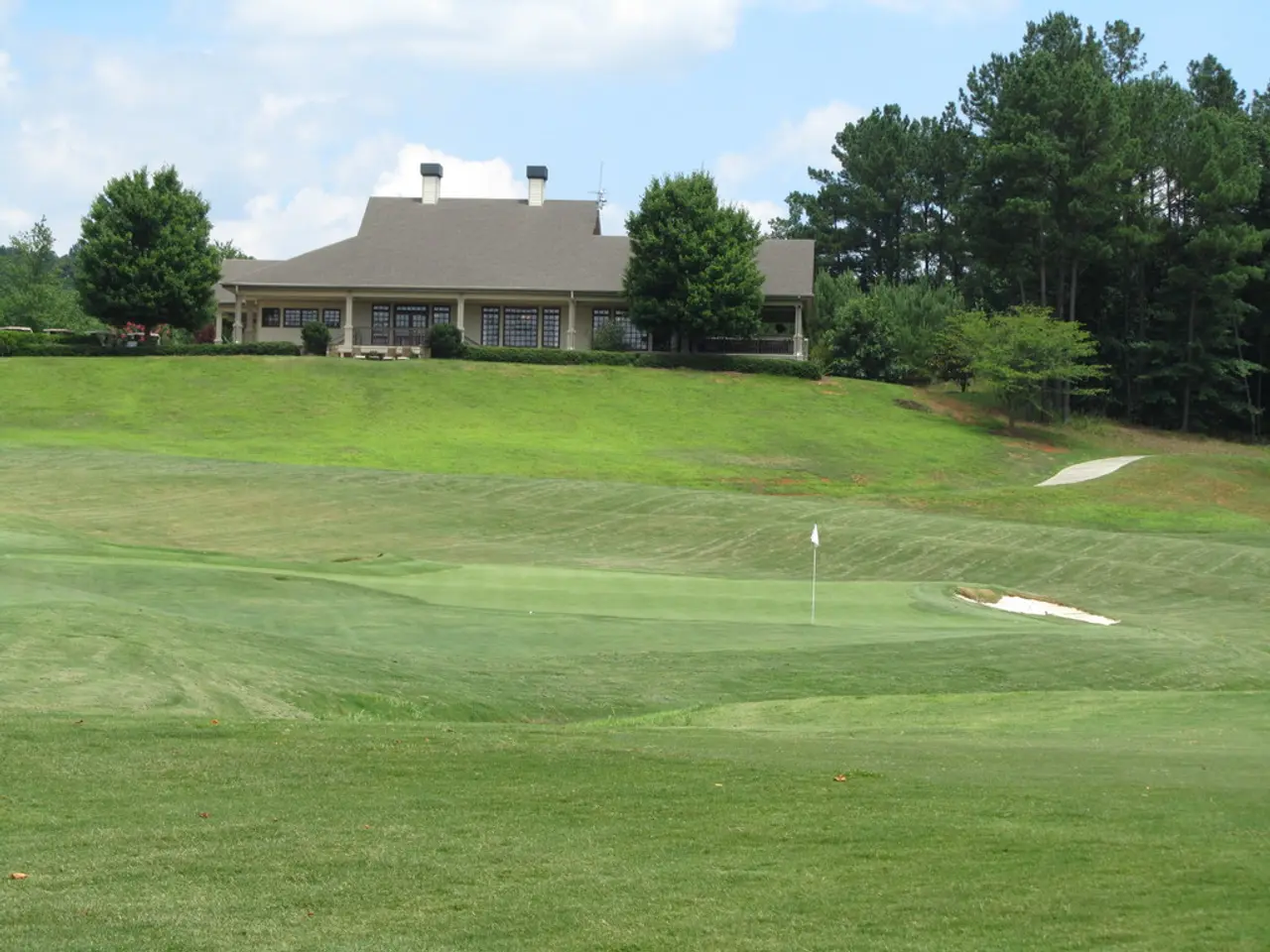Danish municipalities reportedly decline to enforce laws requiring developers to construct underground bunkers
In a shift from Cold War civil defense practices, Danish municipalities are not enforcing the requirement to build bomb shelters in new construction projects. This decision is primarily due to the absence of binding regulations or legal requirements for bunker construction in new civilian projects.
The traditions of bunker building in Denmark date mainly from the Cold War era, but modern construction regulations focus more on structural safety and resilience rather than mandatory fallout shelters. The current priorities in Denmark include modern military infrastructure, climate issues, and ensuring buildings aren't constructed too low, with elevator functionality also being a concern.
The nationwide review of bomb shelters, agreed upon in May as part of a budgetary deal between the government and municipalities, is yet to announce its findings. The agreement highlights the importance of maintaining ongoing focus on civil defence, including in relation to defence shelters. However, it does not provide details on the funding allocated for the review or any potential renovation or construction of new bomb shelters based on the review's findings.
The agreement does not mention any penalties or incentives for municipalities that either enforce or fail to enforce the right to have bunkers included in new development plans. A section of Denmark's building laws states that municipal governments can demand shelter rooms be constructed in new buildings and facilities, but this is not a widespread mandate.
Johannes Lundsfryd Jensen, head of Climate and Environment at Kommunernes Landsforening, stated that municipalities are currently very busy responding to cyberattacks, which may be diverting attention from the issue of bomb shelters. The Minister for Civil Preparedness, Torsten Schack Pedersen, understands why municipalities haven't made use of the option to require bunkers in new buildings due to bomb shelters not being a focus for many years.
Despite the lack of enforcement, the review is planned to assess the condition of the country's existing bomb shelters and bunkers. The term used for bomb shelters in Danish is "protection rooms" (beskyttlesesrum). The elected official, who is also the city mayor of Middelfart, mentioned that there are many regulations for new builds, and it may well be that bomb shelters are something they'll have to start looking at in the future.
- In contrast to the past focus on building bomb shelters in Denmark, contemporary construction news now prioritizes general safety and resilience, with artifacts such as protection rooms (bomb shelters) taking a back seat.
- Besides military infrastructure, climate issues, and elevator functionality, politics in Denmark are yet to address the matter of enforcing the construction of protection rooms (bomb shelters) in new development projects.
- Even though there are no binding regulations or incentives for municipalities to include protection rooms (bomb shelters) in their new construction plans, the condition of existing bomb shelters and potential future requirements are under review and assessment.





